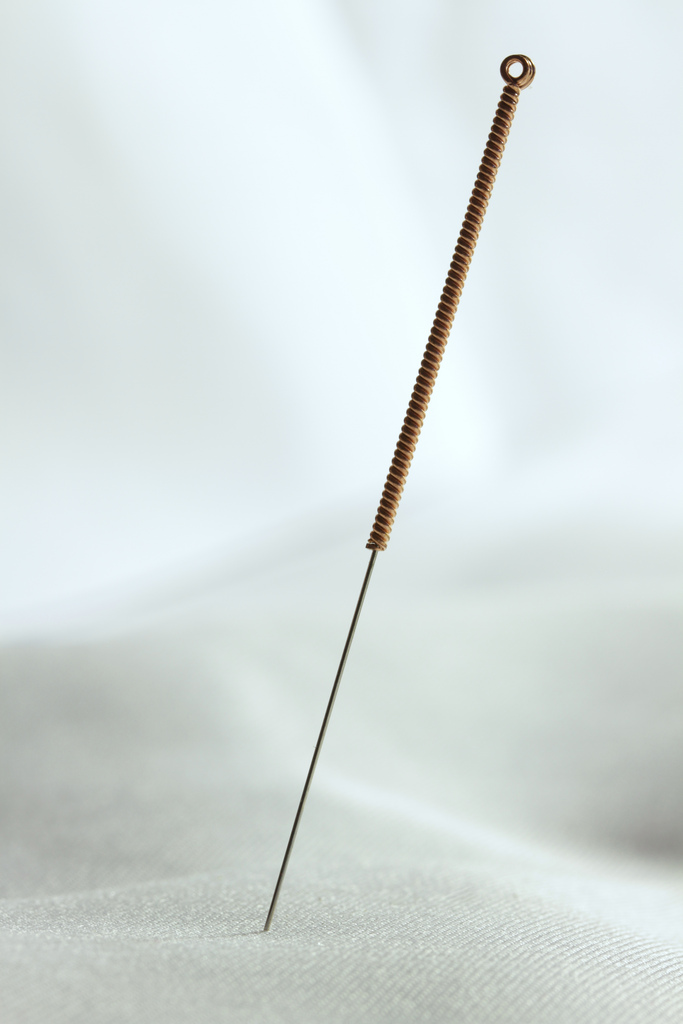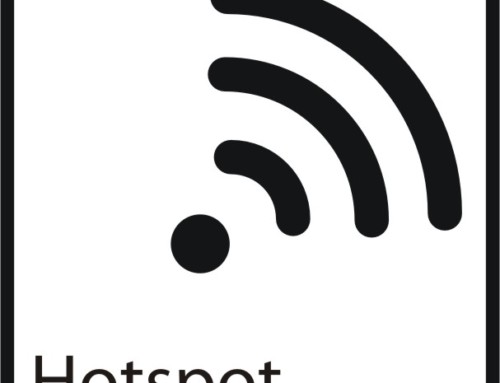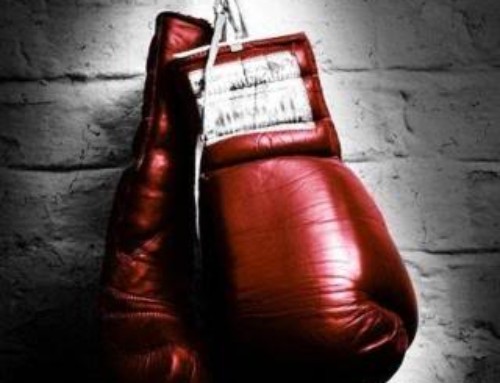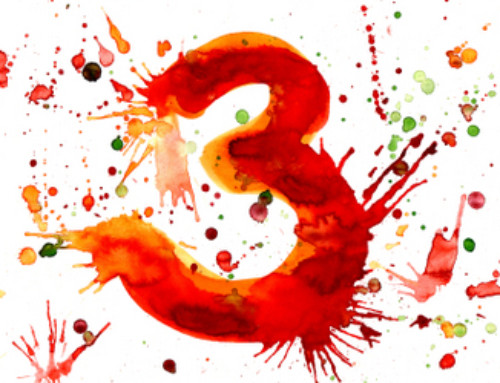Dose-Response relationships in dry needling
Dose-response is mostly discussed in the context of pharmacological agents. However, patients often request from their dry needling (DN) clinician a prognosis of how any treatments they will require for their problem to resolve. It could be useful to answer this question initially, using a dose-response curve, rather than a random number (guess).
During treatment we ideally want to deactivate the TP without causing unnecessary trauma to the surrounding soft tissue. We then want to treatment the patient often enough to remove the TP, but without damaging the healthy surrounding tissues. The point where ideal dose and desired response cross, is termed the ‘threshold dose’. Once we cross the threshold dose, the side-effects start to increase until at some point (indicated by the red arrow) they outweigh the beneficial clinical effect.
So how do we translate this to the treatment setting?
Firstly, establish the patient’s immediate reaction to needling. Are the twitch responses large? If so, the TP is likely to be intense and will require more fanning to deactivate. This means a greater chance for bruising and/or sympathetic concomitants. On the return consultation look at the delayed reactions. Was there a lot of bruising? It is not a good idea to needle into tissue that is already bruised as you are likely to increase the soreness and may even paradoxically activate the TP, due to the irritating effect of leaked iron. Is the muscle palpably more relaxed? If not, the TP is resistant and may require repeated DN intervention.
Once you have these two parameters you should be able to make a much more informed prognosis over the number of treatments required, using a standardised needling technique.
Having stated the above, the issue of optimal dosage in DN interventions is currently an open debate.






